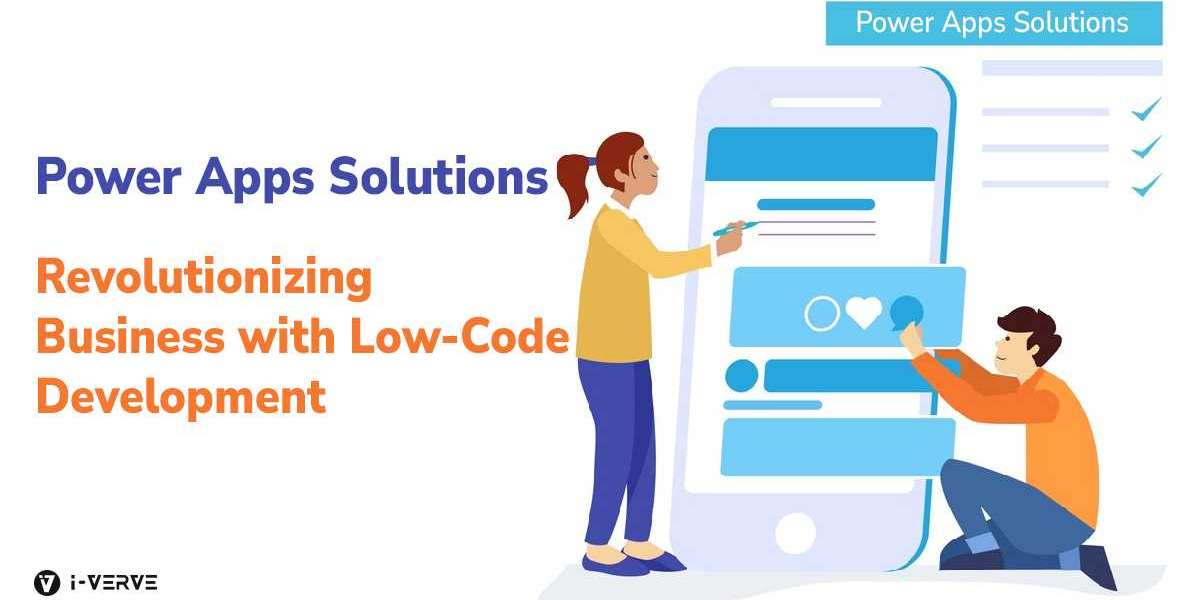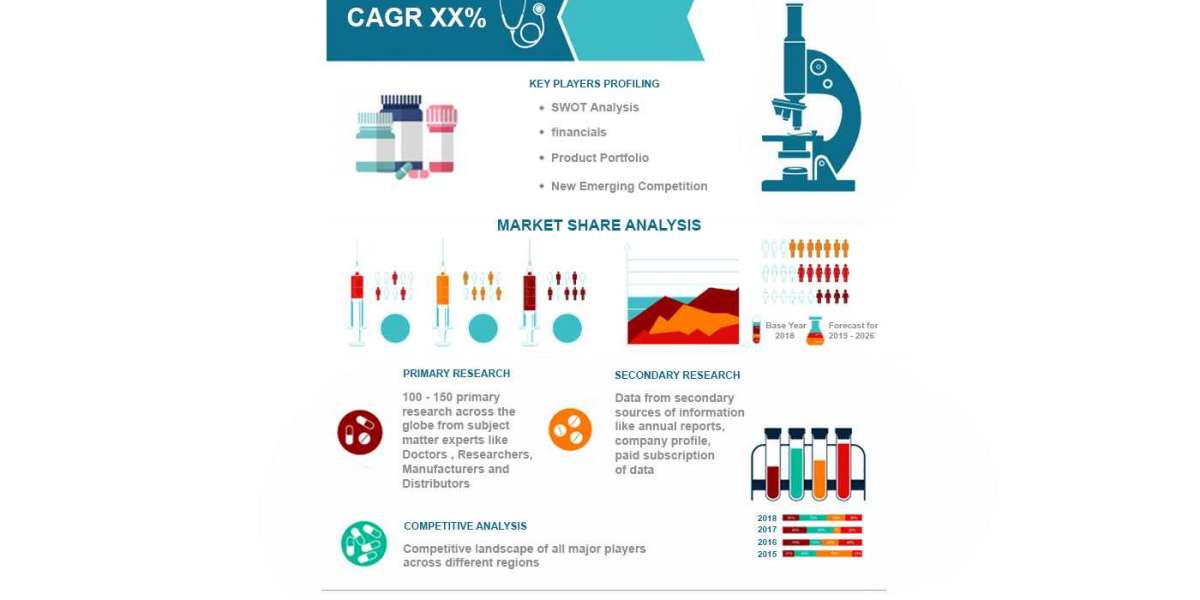In today's rapidly evolving digital landscape, Power Apps solutions are essential for businesses of all sizes. From automating manual tasks to creating custom dashboards and reporting tools, Power Apps can help businesses to improve efficiency, make better decisions, and better serve their customers.
This comprehensive guide explores the significance of Power Apps solutions and how they are reshaping the modern business landscape.
Section 1: The Birth of Power Apps Solutions
To understand the significance of Power Apps solutions - it's essential to trace their origins and evolution.
1.1 A Response to Digital Transformation
The emergence of Power Apps solutions can be attributed to the ongoing digital transformation that organizations across industries are undergoing. This transformation is managed by the need to:
- Enhance Efficiency: Streamline processes and workflows to reduce operational overhead.
- Empower Employees: Provide tools that enable employees to perform tasks more efficiently.
- Accelerate Innovation: Foster an environment where innovative ideas can be quickly turned into practical solutions.
- Stay Competitive: Adapt to changing market dynamics and customer expectations swiftly.
1.2 The Rise of Low-Code Development
Conventional application development methods involve extensive coding and often require specialized IT personnel. These traditional approaches can be time-consuming expensive and may not align with the speed at which businesses need to operate today.
In response to these challenges, the concept of low-code development gained momentum. Low-code platforms, like Power Apps, were designed to empower individuals with varying levels of technical expertise to build applications with minimal hand-coding. This democratization of app development ushered in a new era of innovation.
Section 2: What Are Power Apps Solutions?
2.1 Defining Power Apps
At its core, Power Apps is a suite of cloud-based, low-code development tools developed by Microsoft. These tools enable users to create custom applications rapidly. Power Apps solutions are designed to bridge the gap between IT departments and business users, allowing the latter to play an active role in application development.
2.2 The Power Platform Ecosystem
Power Apps solutions are a critical component of the broader Power Platform ecosystem, which also includes:
- Power BI: It is for data visualization and business intelligence.
- Power Automate: A platform for workflow automation and integration.
- Power Virtual Agents: A platform for building chatbots and AI-driven virtual assistants.
Together, these tools empower organizations to build end-to-end solutions that connect data, automate processes, and derive actionable insights.
Section 3: The Significance of Power Apps Solutions
The significance of Power Apps solutions extends far beyond their role as a low-code development platform. Here are several vital reasons why Power Apps are gaining prominence:
3.1 Accelerated Application Development
Historically, application development was a time-consuming and resource-intensive process. It often involved long development cycles, extensive coding, and substantial budgets. Power Apps solutions have redefined the speed at which applications can be created. Businesses can now respond rapidly to changing market demands by developing and deploying applications in a fraction of the time it would take with traditional methods.
3.2 Democratizing App Development
Traditionally, application development was primarily the domain of IT departments and professional developers. Power Apps democratizes app development by empowering individuals across the organization to create applications. This democratization fosters innovation as subject matter experts in various departments can directly translate their insights and ideas into functional applications.
3.3 Integration with Microsoft 365 and Beyond
Power Apps solutions integrate seamlessly with Microsoft 365, leveraging existing data and services to create applications that work within the Microsoft ecosystem. Power Apps also supports connectors for various data sources and services, enabling organizations to create comprehensive solutions that span different platforms and technologies.
3.4 Cost-Efficiency
Power Apps solutions reduce application development costs by enabling rapid development and requiring fewer resources. It makes application development accessible to businesses of all sizes.
3.5 Empowering Citizen Developers
Citizen developers are individuals within an organization with domain expertise but may need formal coding skills. Power Apps solutions empower these citizen developers to participate in application development actively. It promotes innovation and reduces the burden on IT departments, allowing them to focus on more complex tasks.
Section 4: Types of Power Apps Solutions
Power Apps offers several applications, each designed to address specific business needs. Understanding these types is essential for organizations to choose the right path for their requirements:
4.1 Canvas Apps
Canvas apps provide users with a blank canvas to design applications from scratch. They offer complete control over the user interface (UI) and can connect to various data sources. Canvas apps are highly customizable and ideal for building tailored solutions that require a specific look and feel.
4.2 Model-Driven Apps
Model-driven apps are built on top of the Common Data Service (CDS), a cloud-based data storage and modeling platform. These apps are designed for scenarios that require data consistency, complex business logic, and a structured approach to application development. Model-driven apps offer a guided and organized way to create applications.
4.3 Portal Apps
Portal apps enable organizations to create external-facing websites or portals. These portals can be used for customer self-service, partner interactions, or sharing information with a broader audience. Portal apps extend the reach of businesses beyond internal operations and provide a platform for engaging with external stakeholders.
Section 5: Real-World Applications of Power Apps Solutions
Actual use cases of Power Apps solutions are:
5.1 Process Automation
Power Apps solutions are often used to automate routine and manual processes within organizations. For example:
- Approval Workflows: Power Apps can facilitate the creation of automated approval processes for tasks such as expense reports, leave requests, or purchase orders.
- Employee Onboarding: Organizations can build custom apps to streamline the employee onboarding process, ensuring that new hires have a smooth transition.
- Inventory Management: Inventory-related processes, like tracking, restocking, and asset management, can be automated using Power Apps solutions.
5.2 Customer Engagement
Enhancing customer experiences is a top priority for businesses across industries. Power Apps solutions are used to create applications that:
- Manage Customer Relationships: Custom customer relationship management (CRM) systems can be built to track interactions, manage leads, and nurture customer relationships.
- Feedback Collection: Businesses can create apps for collecting customer feedback, ensuring that customer voices are heard.
- Interactive Customer Portals: External-facing portals built with Power Apps allow customers to access information, submit requests, and engage with businesses on their terms.
5.3 Data Visualization and Business Intelligence
Data is an asset for any organization, and Power Apps solutions can be used to unlock its potential:
- Interactive Dashboards: Power Apps can integrate with Power BI to create interactive dashboards that provide real-time insights into various aspects of business operations.
- Data Analysis Tools: Custom data analysis tools can be built using Power Apps, allowing organizations to derive actionable insights from complex datasets.
5.4 Inventory Management
Efficiently managing inventory and supply chains is crucial for businesses in industries like retail, manufacturing, and logistics. Power Apps solutions enable:
- Inventory Tracking: Real-time tracking of inventory levels, enabling organizations to optimize stock levels and reduce overstock or stockouts.
- Automated Reorder Processes: Power Apps can automate the reorder process, ensuring that supplies are replenished promptly.
- Asset Management: Power Apps can be used to track and manage valuable assets within an organization, minimizing losses and improving resource utilization.
5.5 Field Service
For organizations with field service teams, Power Apps solutions can be invaluable:
- Work Order Management: Field service teams can benefit from apps that help manage work orders, assign tasks, and optimize routes.
- Technician Dispatching: Power Apps can provide real-time information on technician locations, allowing for efficient dispatching and customer communication.
- Customer Updates: Customers can receive real-time updates on the status of service appointments, improving transparency and satisfaction.
Section 6: Empowering Citizen Developers with Power Apps
One of the most significant advantages of Power Apps solutions is their ability to empower individuals across the organization, often referred to as citizen developers. Here's how Power Apps achieves this:
6.1 A Low-Code Approach
Power Apps solutions are built around the concept of low-code development, which means that they require minimal hand-coding. Instead, users can leverage a visual interface to create applications by connecting pre-built components and defining logic using a simplified formula language.
6.2 Democratizing Development
By offering a low-code approach, Power Apps democratizes application development. This democratization has several key benefits:
- Innovation: Subject matter experts within an organization can contribute to the development process, bringing their insights and ideas to life.
- Reduced IT Burden: Citizen developers can handle a wide range of application development tasks, reducing the burden on IT departments and allowing them to focus on more complex projects.
- Faster Development Cycles: With citizen developers actively involved in application development, businesses can accelerate their development cycles, responding swiftly to changing needs.
6.3 Guided Development
Power Apps provides templates, connectors, and guided development experiences that assist users in creating applications. This guidance simplifies the development process and ensures that applications adhere to best practices.
Section 7: The Future of Power Apps Solutions
As organizations continue to adapt to changing market dynamics and evolving customer expectations, the role of Power Apps solutions in reshaping the business landscape is likely to expand. Here are some glimpses into the future of Power Apps:
7.1 Further Integration
Power Apps solutions will likely continue to integrate seamlessly with an ever-expanding ecosystem of data sources, services, and platforms. This integration will enable organizations to create more comprehensive and interconnected solutions.
7.2 AI and Automation
The integration of artificial intelligence (AI) and automation capabilities into Power Apps solutions is expected to grow. It will enable organizations to build more innovative applications that can make predictions, automate tasks, and enhance user experiences.
7.3 Mobile-First Approach
Given the increasing importance of mobile devices in business operations, Power Apps solutions will likely continue to prioritize mobile app development. It will include responsive design and features that cater to mobile users.
7.4 Enhanced Collaboration
Power Apps solutions will evolve to support more collaborative development. Features that enable multiple users to work on the same application simultaneously and real-time co-authoring will become more prevalent.
7.5 Extending Beyond Business
While businesses are the primary beneficiaries of Power Apps solutions, their potential reaches beyond the corporate world. Nonprofit organizations, educational institutions, and government agencies can also harness the power of Power Apps to address unique challenges and opportunities.
Section 8: Conclusion
Power Apps Solutions have emerged as a transformative force in the modern business landscape. They enhance organizations to innovate, streamline processes, and drive productivity while lowering development costs. With the democratization of app development and seamless integration with Microsoft 365 and other services. As businesses continue to adapt to changing demands, Power Apps will remain a valuable tool for creating custom solutions that meet evolving needs. In a world where agility and Efficiency are paramount, Power Apps are the catalyst for change that modern businesses need to thrive.








